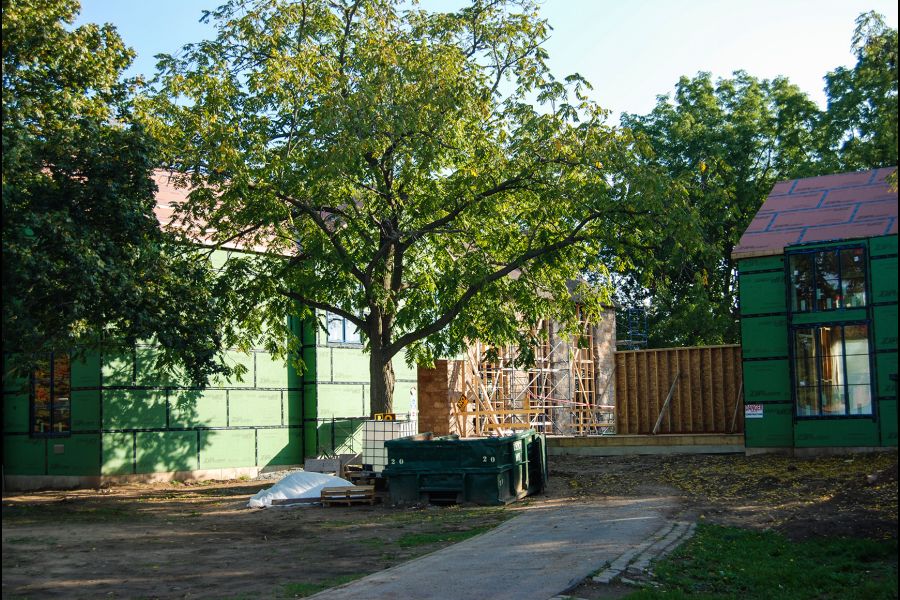My original intent for this week’s column was to continue the “walk-around series” I had begun with Virgil, shifting it over to the village of Queenston.
In fact, on the weekend, I drove to the village, walked the streets and catalogued the homes that were going to be referenced. Once that was done, I jumped back in the car and decided to return home along Niagara River Parkway.
I had not gone far before seeing something that caused me to pull over. On the river side of the road was a construction site surrounded by screened fencing behind which rose new substantial structures.
Now, these days in Niagara-on-the-Lake this sight is more common than not. Of late it seems that one cannot go a kilometre in any direction without seeing evidence of contractors at work. So, why would this particular site draw my attention?
In short, I was curious because I knew that on this particular property was a sprawling 19th-century structural stone dwelling, a classic of its period, form and type. Due to the size of the new massings, I wondered how each related to the old house and, since I am taller than their fence, taking a look from the sidewalk gave me the answer.
The new “additions” not only dwarf the stone house, but it appears the intent is to completely subsume it within the finished structure.
Before I go on, allow me to unequivocally state that I am not making any judgment on the quality of the design. The finished building may well turn out to be brilliant … at this point in construction there is no way of knowing and therein lies the rub.
To lose a gracious part of NOTL’s built-heritage (even if parts of the structure remain within the new finished design, it is truly lost since the original facade has been irrevocably altered) without any form of design oversight whatsoever seems irresponsible and certainly not in keeping with public sentiment regarding the protection of our shared history.
Once again we have another example that raises the issue of the Town of Niagara-on-the-Lake’s apparent resistance to formalizing a design review approval process supported by thorough and detailed design guidelines.
There is, insofar as I am aware, no actual impediment to doing it (even the little town of Wolfville, N.S., with a population of 4,195 has enacted guidelines), but it appears there is a lack of will.
I do not have an issue with an owner of a 4,000-square-foot historic house who chooses to double or triple its size. Nor, despite my personal design philosophy, do I wish to impose arbitrary rules on design expression.
However, to lose a finely designed historic building to this type of endeavour without any recourse (shy of a forced heritage designation), is bad management and simply wrong.











